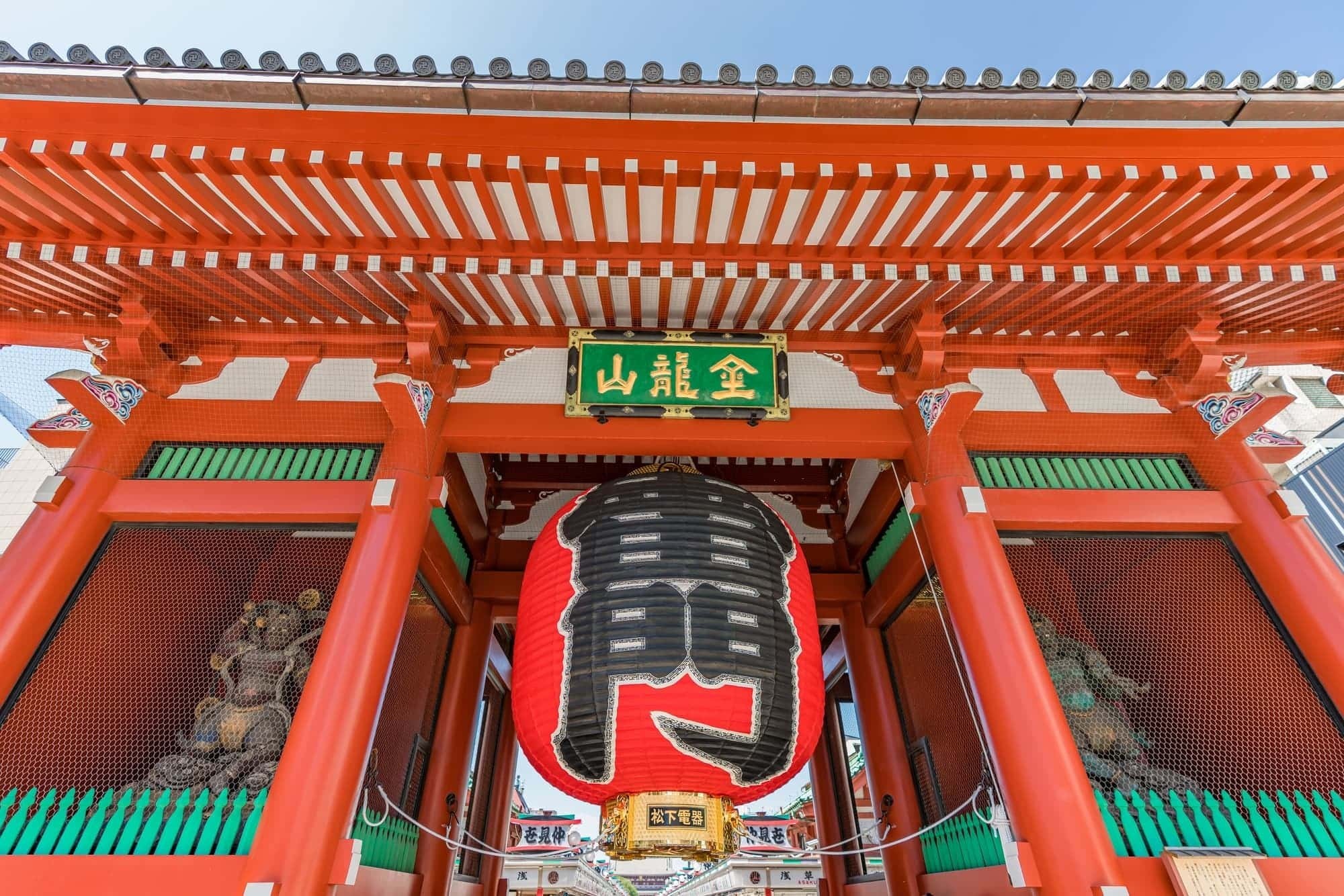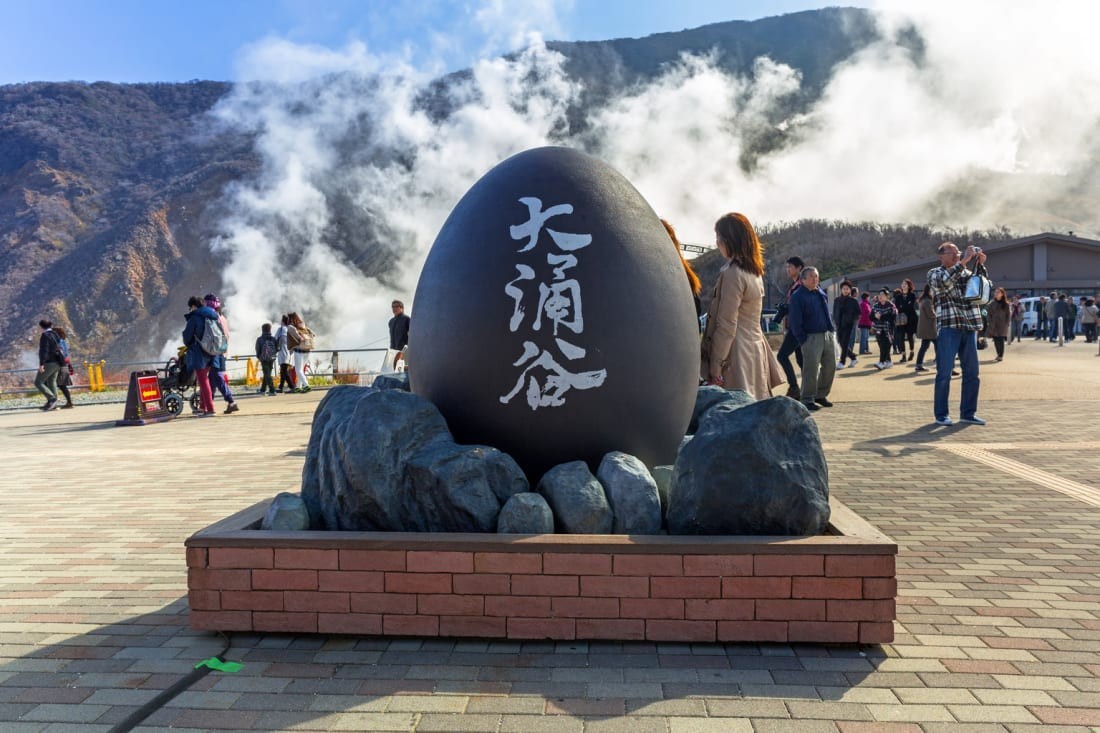This Is Where Paradise Begins
TOURIST ATTRACTIONS:
TOKYO
Sensoji (Asakusa Kanon Temple) - is dedicated to the god of mercy, Kanon. And is famous for its Kaminari-mon or Thunder Gate. And you could walk along Nakamise Shopping Arcade, is bustling with people buying traditional Japanese snacks, which you could see many snack stalls demonstrate how they make it and then sell it still piping hot.
HAKONE
Owakudani - This is the crater of a volcanic eruption 3,000 years ago. Whenever the wind blows, thick smoke with a sulfur smell fills the air, forming a special landscape. At the mountain's top are "black eggs" cooked in volcanic hot springs. According to the Japanese, eating one can extend your life by 7 years.
Mt. Fuji - At 3776 meters above sea level, the Fuji Subaru Line 5th Station offers a commanding view of the Fuji Five Lakes area below, making it a popular spot even for those who are not intent on climbing the mountain.
Lake Ashi Pirate Cruise - Was formed in the caldera of Mount Hakone after the volcano's last eruption 3000 years ago. And the boat ride could enjoy dreams and romance while gazing upon the delights of Mt. Fuji.
KYOTO
Kiyomizu Temple - is renowned for its construction which uses no nails to support the elaborate wooden structure of the main hall. And with a quaint old lane lined with pottery shops lead up to this famous temple.
Fushimi Inari Shrine - is an important Shinto shrine in southern Kyoto. It is famous for its thousands of vermilion tori gates, which straddle a network of traits behind its main buildings. Fushimi Inari is the most important of several thousands of shrines dedicated to Inari, the Shinto god of rice. Foxes are thought to be Inari’s messengers, resulting in many fox statues across the shrine grounds.
NARA
Nara Todai-ji - Listed as a World Heritage Site, Todai-ji was constructed in 728 AD following the imperial decree of Emperor Shomu, who greatly valued Buddhism. Todai-ji serves as the main temple among the 68 provincial temples across the country. It is said to be named "Todai-ji" because it was built to the east of the capital, Heijokyo. Inside the world's largest wooden building, the Todai-ji Daibutsuden (Great Buddha Hall), which is 57 meters wide and 50 meters deep, stands a Buddha statue over 15 meters tall.
Deer Park - The park is home to towering trees, ancient historical sites, flowers, mountains, and rocks. Herds of deer, totalling over 1,200, are scattered throughout the mountains, forests, and temple ponds, symbolizing Nara's tourism.








